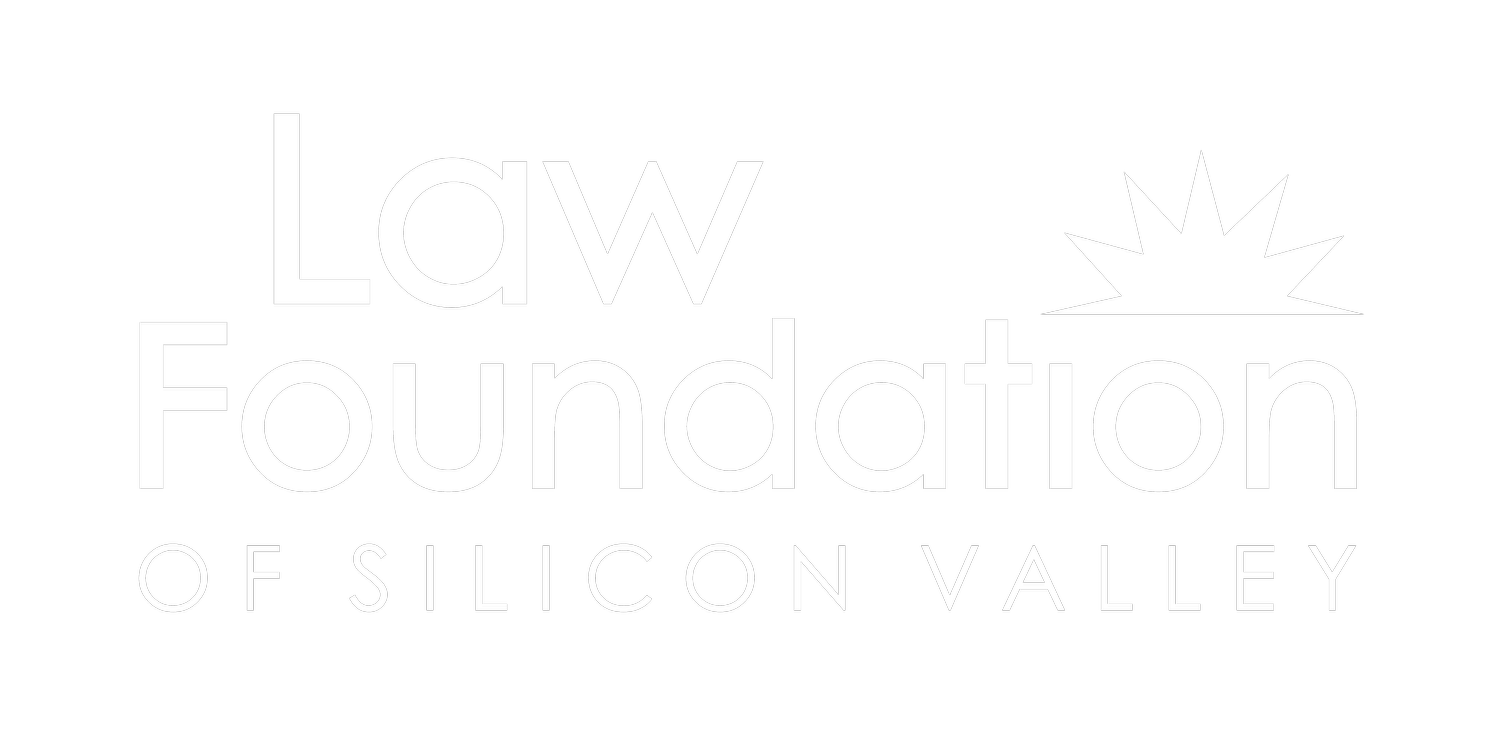Working Together for Ten Years
This month, the Law Foundation celebrates the tenth anniversary of our Medical-Legal Partnership (MLP) with Santa Clara Valley Medical Center. Just as a doctor refers someone with a specific medical need to a specialist, the MLP allows doctors to refer a patient to a lawyer. Sometimes, a patient's health is affected by legal issues in their lives. For example, a child living in a house with poor conditions can experience asthma a result and may miss school. A lawyer can make a difference. Last year, the MLP had 600 referrals. And in 2017, the National Association of Medical Legal Partnerships voted ours the best in the country. Click here to hear from Michelle, who received help from our MLP team when her son wasn't receiving the educational support he needed.
CEO Alison Brunner Recognized by African American Community Service Agency
The African American Community Service Agency (AACSA) awarded Alison Brunner, CEO of the Law Foundation of Silicon Valley, with the Facing the Challenge Award at its 39th annual Dr. Martin Luther King, Jr. Luncheon. The honor is given to an advocate for the development of organizations that provide services to improve our community. Thank you to AACSA for this important honor and shared commitment to the community.
Expanding Tenant Protections in San Jose
Last year, Law Foundation attorneys and staff advocated strongly on behalf of our clients and community for greater tenant protections in San Jose. In December, the San Jose City Council supported the position of the Law Foundation and our coalition partners by expanding tenant protections. These protections will improve the lives of low-income and working-class families in their search for affordable housing, including an ordinance to protect Section 8 voucher holders. In Santa Clara County, Section 8 vouchers are the most common form of subsidized housing, with about 17,000 participants. Through this program, low-income families pay roughly 30 percent of their income toward rent and the remaining is paid by a government agency. Read more.



